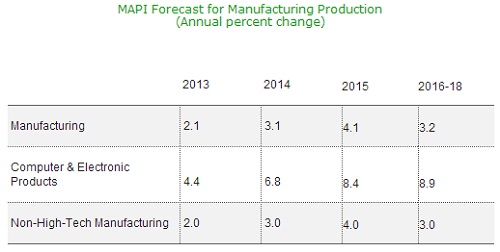MAPI Quarterly U.S. Industrial Outlook: Growth rebound in the making
Forecast for manufacturing production to grow 3.1% in 2014 and 4.1% in 2015, averaging 3.2% from 2016 to 2018.
Latest Material Handling News
U.S-bound May imports continue to grow, reports S&P Global Market Intelligence AGILOX North America opens new headquarters, announces new CEO Auriemma becomes new CEO of Business Unit Software at Körber Expo Pack México 2024 sets new records Hai Robotics announces move of its Americas headquarters to Atlanta metro More NewsA rising tide of positive factors bodes well for a rebound in the manufacturing sector, according to the quarterly Manufacturers Alliance for Productivity and Innovation U.S. Industrial Outlook, a report that analyzes 27 major industries.
Manufacturing industrial production increased at a 1.0% annual rate during the third quarter of 2013, but production has rapidly accelerated in the fourth quarter. Inflation-adjusted GDP increased at a 3.6% annual rate in the third quarter. MAPI forecasts that manufacturing production will increase 3.1% in 2014, a slight deceleration from the 3.2% forecast in the September 2013 report. A solid pickup is likely in 2015, with growth anticipated to be 4.1%, unchanged from the previous report.
The December analysis offers a five-year horizon and forecasts that manufacturing production will average 3.2% from 2016 to 2018. Manufacturing should outperform GDP growth, which MAPI estimates will be 2.6% in 2014 and 3.2% in 2015.
“Consumer-driven manufacturing growth will be relatively stable and supported by surprisingly robust employment growth,” said MAPI chief economist Daniel J. Meckstroth, Ph.D., author of the analysis. “Business investment–driven manufacturing is responsible for the acceleration in production growth. Companies are well positioned for making new investments in structures and equipment. Firms have low debt, are profitable, and have relatively high utilization rates. What has been lacking is more certainty about the future. With the Eurozone coming out of recession, export activity should pick up and provide a boost to business sentiment. Hopefully, U.S. politicians have learned a lesson and will avoid flirting with disaster again. More certainty will promote investment activity.”
The report offers economic forecasts for 23 of the 27 industries. MAPI anticipates that 22 industries will show gains in 2014; public construction will remain flat. Growth leaders include housing starts with a 25% increase, electric lighting equipment with 8%, and aerospace products and parts with 7%.
The outlook improves even more in 2015, with growth likely in all 23 industries, led by housing starts at 29%, followed by electric lighting equipment and aerospace products and parts, each at 12%.
According to the report, non-high-tech manufacturing production (which accounts for 95% of the total) is anticipated to increase 3.0% in 2014 and 4.0% in 2015. High-tech industrial production (computers and electronic products) is projected to expand by 6.8% in 2014 and 8.4% in 2015.
Eighteen of the 27 industries MAPI monitors are expected to have inflation-adjusted new orders or production at or above the level of 2012 (five more than reported last quarter), while six will decline and three will remain flat.
Housing starts should show 17% growth for 2013 as a whole, while motor vehicles and parts and household appliances will likely grow 7%.
Meckstroth reported that 10 industries are in the accelerating growth (recovery) phase of the business cycle; 11 are in the decelerating growth (expansion) phase; one (metalworking machinery) is in the accelerating decline (either early recession or mid-recession) phase; and five are in the decelerating decline (late recession or very mild recession) phase.


Article Topics
Latest in Materials Handling
U.S-bound May imports continue to grow, reports S&P Global Market Intelligence AGILOX North America opens new headquarters, announces new CEO Auriemma becomes new CEO of Business Unit Software at Körber Expo Pack México 2024 sets new records Hai Robotics announces move of its Americas headquarters to Atlanta metro Glencore improves recycling plant safety with ELOKON’s proximity detection system National Forklift Safety Day: Yale Reliant operator assistance technology reaches 14 million hours of real-world run time More Materials HandlingSubscribe to Materials Handling Magazine

Find out what the world's most innovative companies are doing to improve productivity in their plants and distribution centers.
Start your FREE subscription today.
June 2024 Modern Materials Handling

Latest Resources










